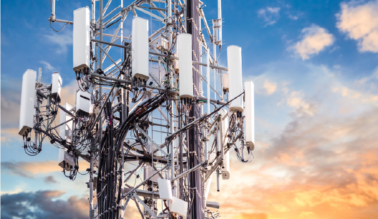How Cellular Networks Enhance the Logistics and Transportation Industry
by Nir Elron
Logistics and transportation are often called the backbone of the global economy, and for a reason – there’s no other industry that literally all verticals would rely on so heavily. From a simple mechanism of supply, logistics has developed into an intricate world, with multiple levels of outsourcing, cooperation schemes and actors. In the last decades it became even more sophisticated: since the start of globalization, supply chains have been growing and intertwining, getting more and more complex.
In this growing complexity and significantly rising logistics market, the industry was among the first to implement IoT technologies to optimize productivity, improve efficiency, and increase supply chain visibility. According to Berg’s research, in the 500 largest cellular IoT deployments of 2023, which accounted for 548 million connected units, transport and logistics’ share was 97 million.
But to get the necessary data from all these devices, the logistics and transportation sector needs stable secure connectivity with sufficient coverage. For most industry applications, cellular networks can guarantee the right balance between cost, coverage, security and reliability.
Of all verticals that use cellular technology to connect IoT devices, logistics and transportation may be the most diverse in terms of use cases. The range of types of devices spans from small sensors transmitting data on humidity and temperature to connected trucks and even cargo ships. Depending on the complexity of their supply chain, cellular connectivity can be paramount for enterprises both in outdoor and indoor logistics use cases.
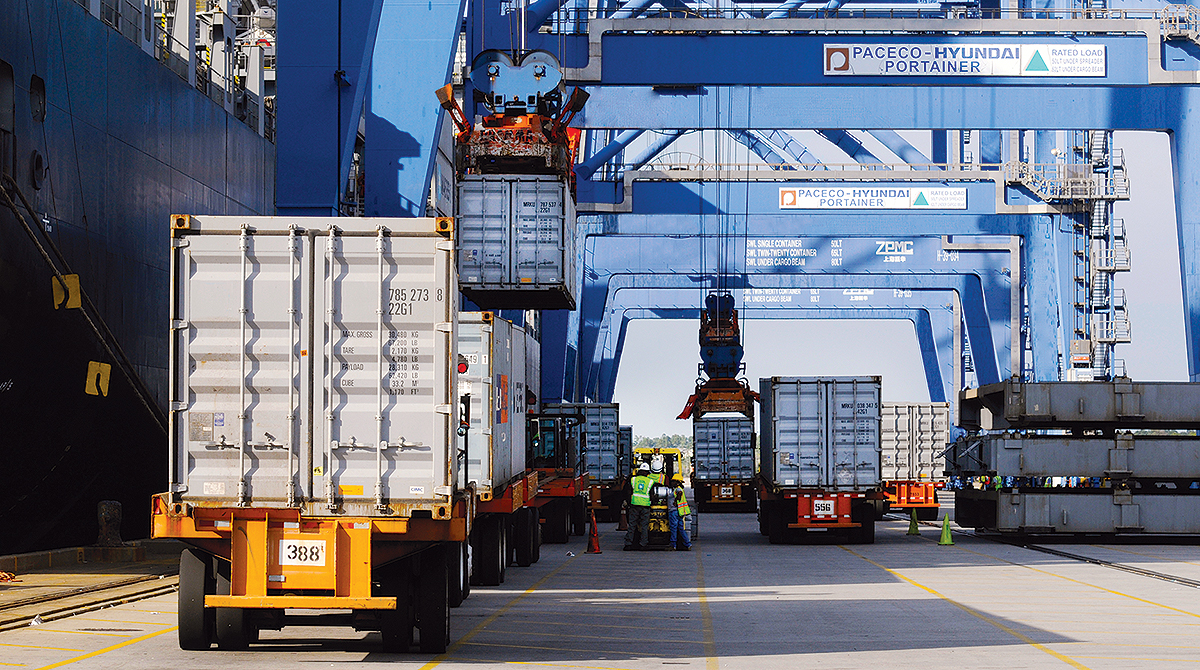
Fleet Management
The main instrument of all fleet owners is a transportation management system (TMS) that coordinates data collection and automates tasks in nearly every aspect of fleet operations. Technically, TMS is software that helps companies manage the logistics of their goods by land, air, sea, or a combination of transportation modes. It helps track freight, optimize loads and routes, ensure timely delivery, automate time-consuming tasks, such as trade compliance documentation and freight billing, and reduce costs. However, the capability of TMS to help monitor vehicles, containers, and cargo depends on connectivity.
Another important use case in fleet management is predictive monitoring and maintenance. Connected sensors that gather telematics data help monitor vehicles’ health status and prevent breakdowns. For example, with advanced warning of cylinder head failure a multinational food and beverage company managed to turn $50,000 engine replacements into manageable $3,000 repairs. In just four months, the fleet saved $ 1 million. Besides maintenance, telematics data can be used for insurance reasons.
Logistics and transportation companies oftentimes also need drivers monitoring to prevent accidents and enforce safe driving protocols to comply with regulations. Data gathered helps to detect unsafe driving behavior, including seatbelt use, speeding, harsh braking or driving for extended periods without breaks.
All of these use cases demand stable and continuous connectivity for moving vehicles and freight both in rural and urban areas, and cellular technology is the best option for multiple reasons, including availability, flexibility and costs. Moreover, for some connected devices it serves as the key enabler, the best, and sometimes the only, option.
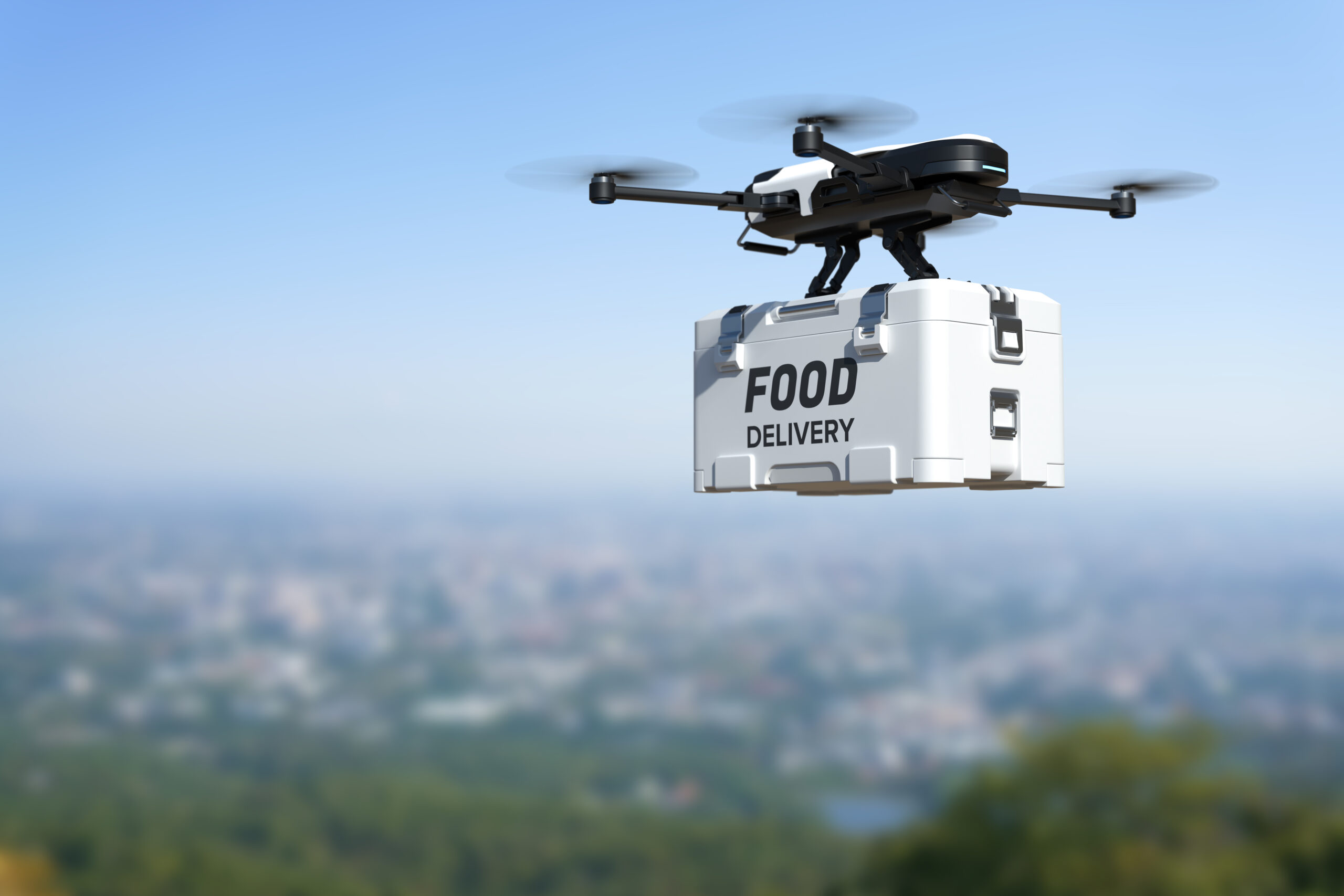
Track and Trace
In their recent report, Kaleido forecast that in the next five years cargo tracking connections will double, accounting for over 60 million connections in 2028. Real time freight tracking and monitoring is the key capability that enables logistics companies to optimize routes, prevent delays, and mitigate risks, e.g. theft or damage. Real time alerts allow vendors to address problems as they occur, for instance, stop damaged shipments before they reach their destination, save costs by addressing damage before shipments arrive and optimizing supply chains to avoid it in the future.
Not only the location of the shipment can be monitored, but the condition of it as well. It is important for specific use cases such as cold chain logistics, the safe transport of temperature-sensitive goods and products along the supply chain. Constant monitoring can help to adjust the temperature according to specifications or perform quality control in case there has been a violation of temperature requirements. Getting this real time monitoring data oftentimes may make all the difference when delivering freight like perishable items.
Drone Delivery
There’s more to means of transportation than trucks, trains, ships and planes. From grocery shopping and medical deliveries to postal services, delivery drones are becoming commonplace all around the world. Despite the fact that the scaling up of drone delivery networks has been somewhat slowed down by stringent regulatory requirements, there is optimism in the industry, fueled by the belief that aerospace regulators and policymakers are increasingly likely to permit the scale-up of commercial operations.
With medical deliveries, in many cases it’s the way to optimize existing procedures and make them faster and more efficient, like having medicines flown to seafarers who fall sick or delivering defibrillators faster than the ambulance car. All of these drones rely on mobile networks for command and control functions when performing their tasks.
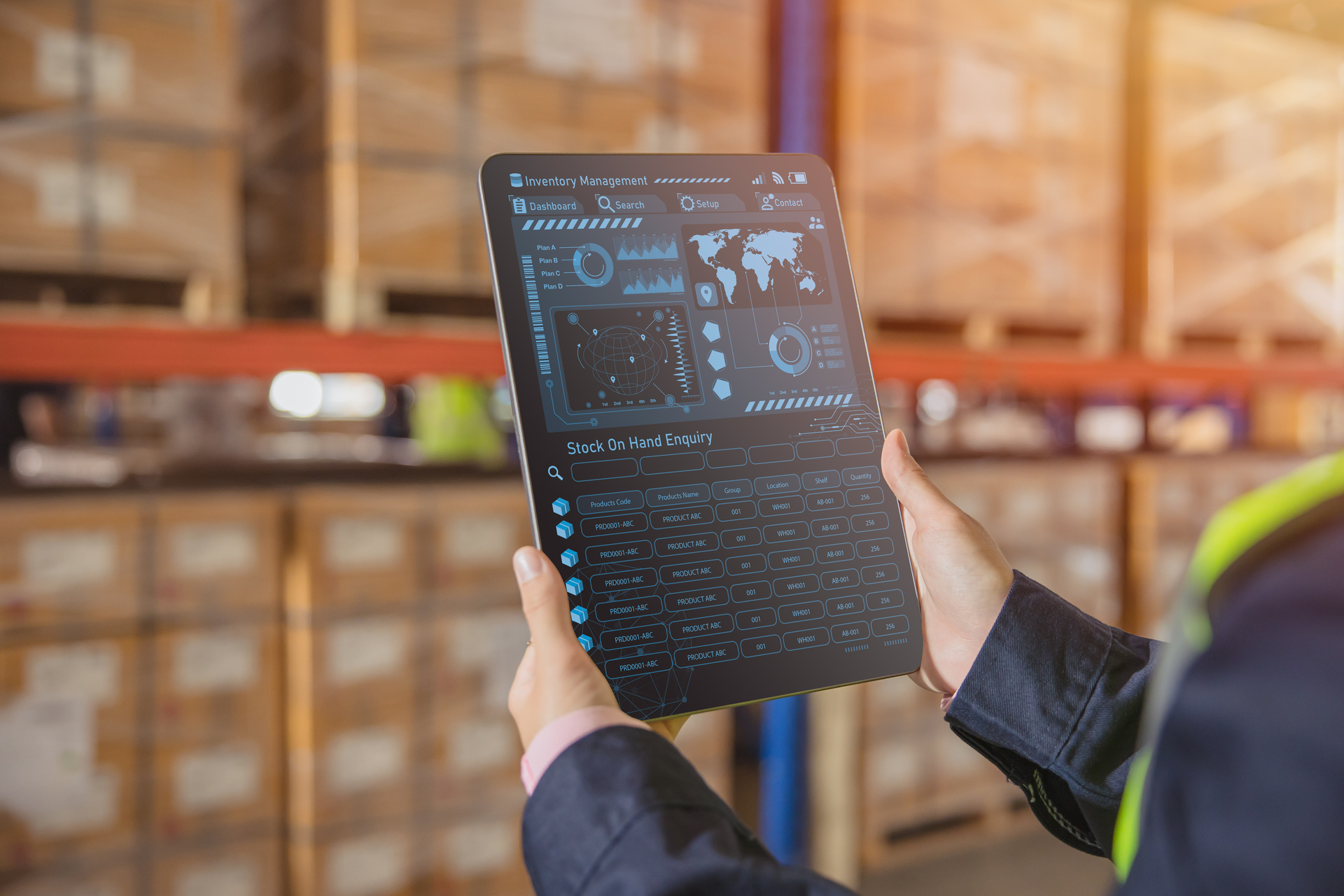
Warehousing and Inventory
Cellular connectivity applications for indoor logistics include the widest variety of use cases, from relatively simple ones such as tracking goods, ensuring high-quality video surveillance at warehouse sites or improving safety by providing workers with connected smart wearables to more complex ones involving fully autonomous mobile robots.
Just like with fleet management, there are warehouse intelligence systems that help optimize warehouse operations, minimize idle time and increase productivity, and ensure that employees are safe. And much like TMS, they work based on real-time data from multiple sensors and cameras.
In modern warehouses, there are robots that find and pick goods from the shelves, autonomous forklifts that move pallets from loading docks to storage racks, and self-driving trucks delivering freights from a manufacturing plant to a warehouse.
For this plethora of devices scattered across the warehouse site or constantly moving, it is crucial to have stable connectivity with sufficient bandwidth and latency, and cellular networks are the best way to provide it. They help logistics operators ensure they have a strong, high-speed and secure internet connection that can keep their devices running even if the power goes out or the facility is targeted in a cyberattack. They can also provide a steadier connection than Wi-Fi for large buildings and for autonomous trucks, particularly in remote locations.

Connectivity Requirements
As we mentioned earlier, there are a lot of cellular connectivity applications in logistics and transportation, and the requirements may vary greatly depending on IoT devices, the type and amount of data they transfer, use case specifics etc. We’ll briefly describe the ones that can be relevant to the majority of usage scenarios.
Coverage
Coverage is especially critical for companies that expand their operations across different regions and countries. As devices can lose connectivity when out of the network’s reach, it is important that they are able to use multiple networks. However, that means contracting with multiple mobile operators, which is complex and can be costly both in terms of time and expenses.
Seamless Connectivity
Having access to multiple networks may not be enough. In most use cases in logistics, regardless of means of transportation, seamless connectivity is critical. For delivery drones and trucks which are constantly on the move, the capability of switching between different mobile carriers’ networks without losing connection is a very important feature. It’s relevant not only for devices traveling between remote locations, such as vehicles driving in rural areas, but oftentimes even for devices working at a single distribution site, since logistics and warehousing facilities can get huge and include spots where certain carrier’s network signal is unstable.
Trying to address this problem of stable connectivity, the logistics and transportation sector was among the pioneers of private networks. However, that posed another challenge for connected devices. Logistics use scenarios imply that devices and vehicles need to remain connected both when they are at the warehouse using a private network, and when they leave it and connect to a public network. Some devices may also use public networks as a backup if their connection with the private network is lost. Therefore, it’s crucial that they could make a seamless transition between public and private networks, as well as between different public networks.
Latency
Depending on the use case, latency can be a decisive criterion when choosing a connectivity solution. For all use cases involving moving vehicles, drones or robots, a millisecond delay can literally lead to catastrophic consequences. It also is important for certain types of cargo in the cold chain supply – from pharmaceuticals to ice cream. Oftentimes enterprises prefer cellular connectivity because it can provide better latency compared to other connectivity methods, but it should be noted that technically, latency depends on the architecture of your provider’s core network and may vary significantly.
Bandwidth
Whether it’s a delivery drone or a system tracking driver’s behavior, bandwidth can be critical for use cases involving cameras and sensors that transmit a lot of data. It can also affect over-the-air (OTA) software and firmware updates necessary for some devices.
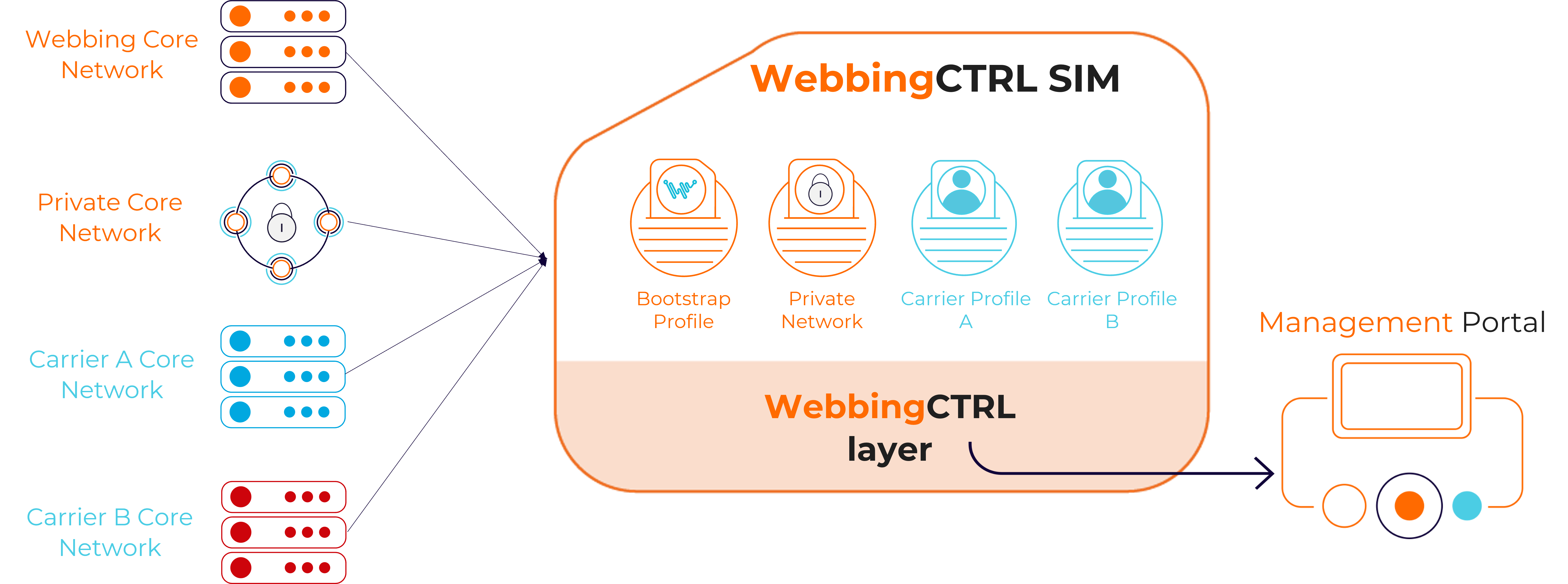
Webbing’s Solution
Webbing offers a connectivity solution that ensures global access to reliable and high-quality internet, with low latency and the best of class coverage. It provides secure and continuous internet connection for all types of devices used by logistics and transportation companies, wherever and whenever they need it.
Webbing’s partner network of over 600 mobile operators worldwide guarantees global coverage. It allows to roam on several carriers’ network in every region, solving the problem of weak spots that any mobile network may have and ensuring full coverage and continuous connectivity even at remote locations.
Webbing is a global connectivity provider with a distributed full core network with local breakouts, multiple network solution, and data server redundancy that provides connectivity stability and low latency. As such, Webbing’s network allows for realization of most complex scenarios with different types of devices, high-data consumption and industry-specific requirements
Our eSIM solution guarantees failover connectivity with the capability of using multiple mobile carrier profiles, easily changing carriers at any time with zero integration, and an option to fall back from a failing profile to a different profile without any need to communicate with a remote server or deal with multiple SIM cards. It helps global enterprises that need access to several private and public networks, like transportation companies with many logistics hubs worldwide, to ensure continuous data connectivity for their devices. Easily set business rules help determine automatic profile allocation based on location and enable fallback mechanisms in case of private network failure or coverage issues.
A flexible approach to data packages allows us to tailor our connectivity offering for every customer based on the type of connected devices and their data consumption needs as well as the locations where the devices are used, aiming at overall optimization of the total cost of operations for the client.
Our solutions help logistics and transportation enterprises overcome their connectivity challenges and optimize costs for global deployments, providing the benefits of roaming with multiple carrier options in every country, and seamless transition between carriers, public and private networks, while maintaining low rates and low latency on a global scale with a single SIM.
Reach out to [email protected] to learn more about Webbing’s solutions.



